
D.I.Y. Microphone Absorber
How to Make a DIY Microphone Shield with Egg Cartons and Furniture Foam
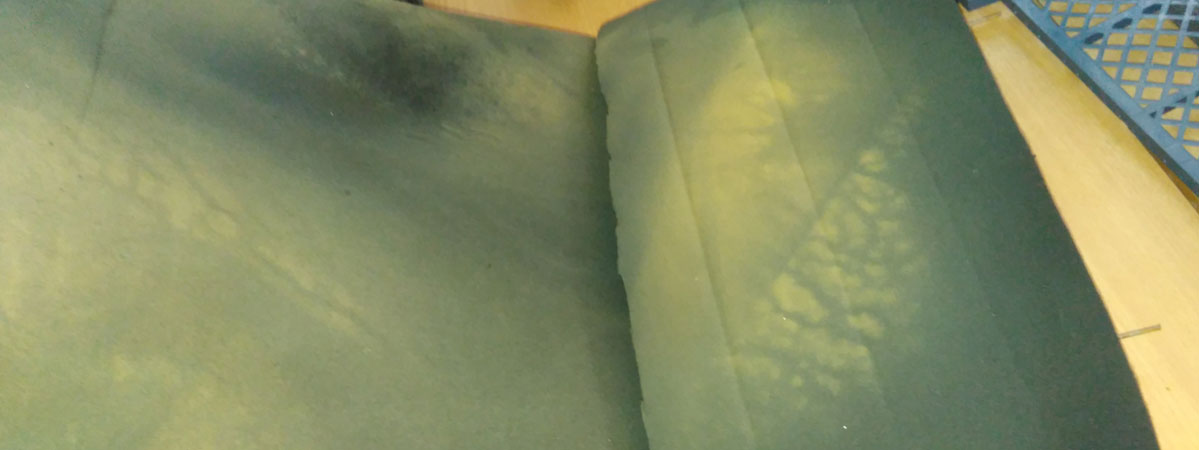
A microphone shield is a great way to reduce unwanted noise in your recordings. It can help to block out background noise from your environment, such as traffic, people talking, or air conditioning. This can lead to cleaner, more professional-sounding recordings.
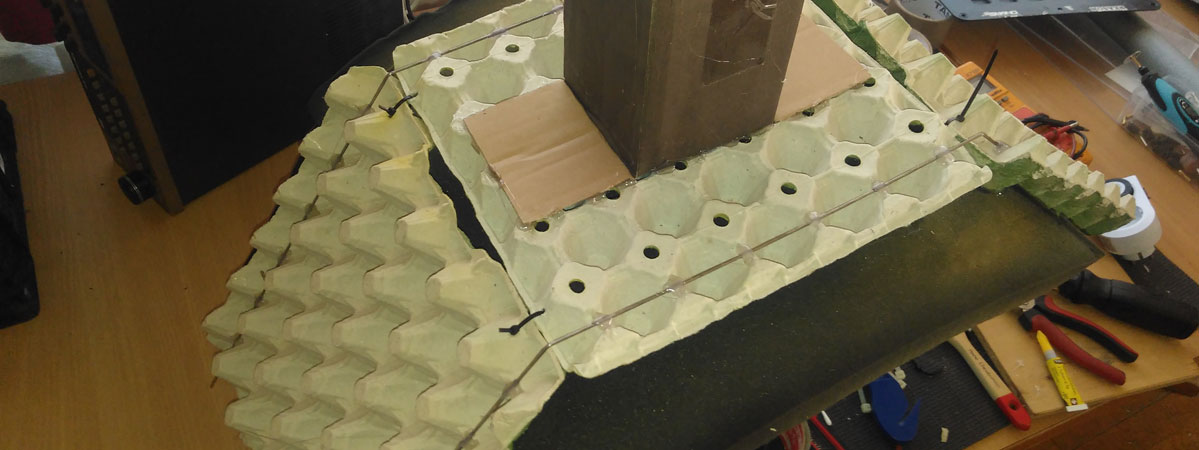
There are many different ways to make a microphone shield. One simple and affordable option is to use egg cartons and furniture foam. Egg cartons are a good choice because they are lightweight and easy to cut. Furniture foam is a good choice because it is soft and absorbent.
Materials
- Egg cartons
- Furniture foam
- Tape
- Scissors
- Ruler
- sturdy wire
- old broomstick
- Christmas tree stand
Instructions
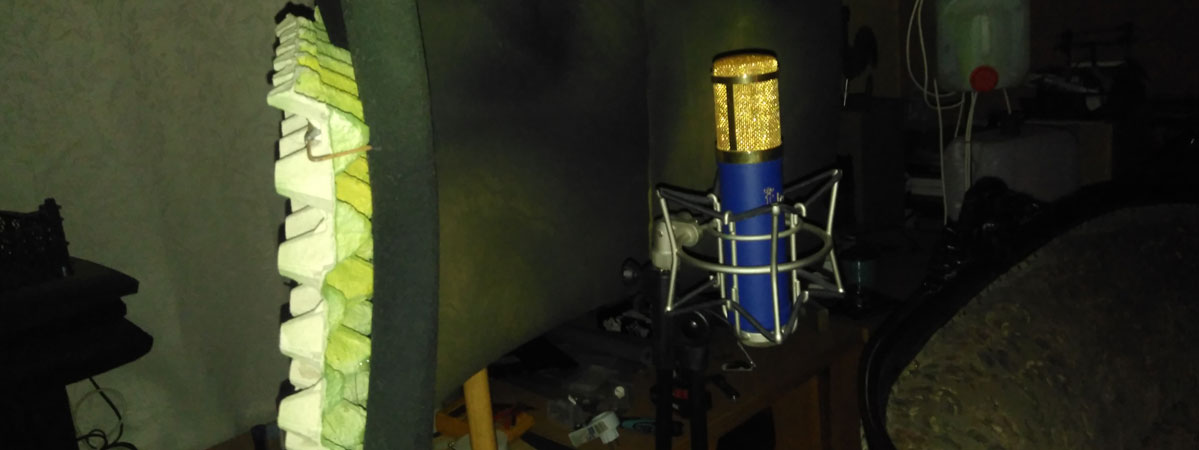
Cut the egg cartons into pieces that are the same size as the microphone you will be using.
Egg cartons for microphone shield
Cut the furniture foam to fit the inside of the egg carton pieces.
Furniture foam for microphone shield
Glue or tape the egg carton pieces together to form a cube or other shape.
Egg carton and furniture foam shield
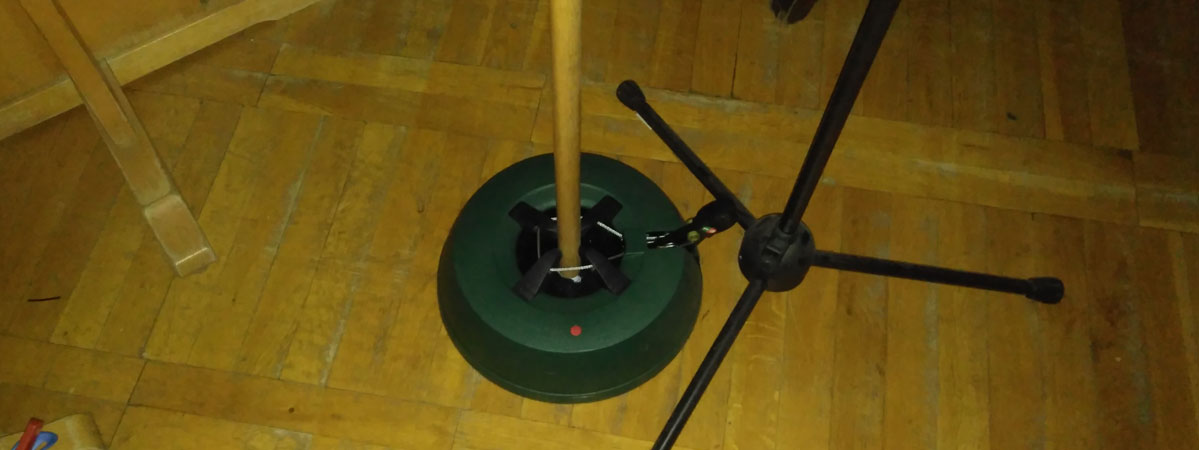
Cut a hole in the front of the shield for the microphone. The hole should be large enough for the microphone to fit through comfortably.
Attach the shield to your microphone stand.
Tips
To make the shield more effective, you can use multiple layers of egg cartons and furniture foam.
You can also add a layer of acoustic foam to the inside of the shield. Acoustic foam is designed to absorb sound waves, which can help to further reduce unwanted noise.
If you are using a large microphone, you may need to use a larger shield.
Testing
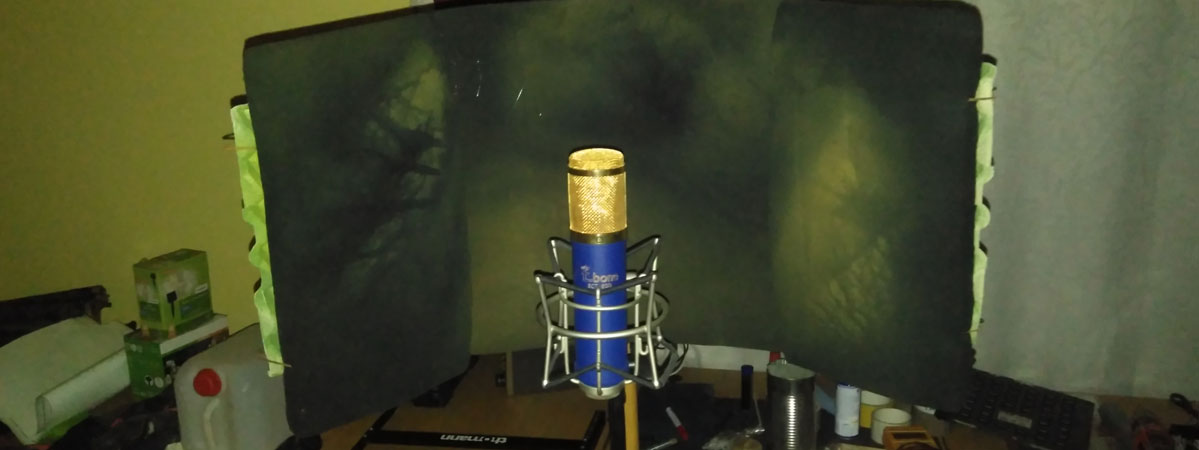
Once you have made your microphone shield, it is important to test it to make sure it is effective. Record some audio with the shield in place and then record some audio without the shield. Listen to the recordings and compare the sound quality. You should notice a significant difference in the amount of unwanted noise in the recordings with the shield.
With a little bit of time and effort, you can make a simple and affordable microphone shield that will help to improve the sound quality of your recordings.
Posted by January 15th, 2024
Comment
